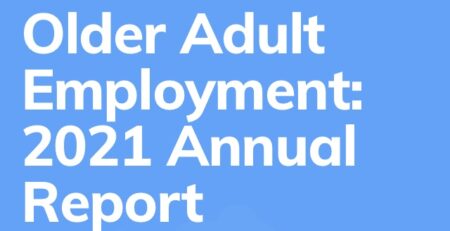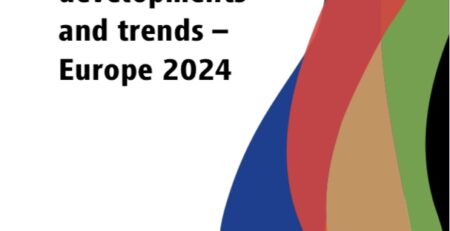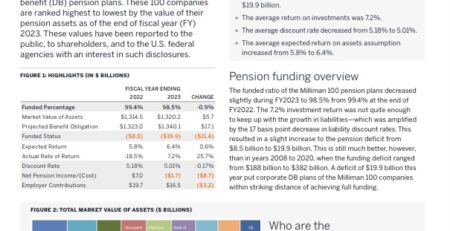Fintechs and financial inclusion
By Gayatri Murthy, Maria Fernandez-Vida
As Fintech companies targeting poor and underserved customers grow and scale, there is a lack of granularity on how their business models solve pain points in financial inclusion and what the industry can learn from the iterations in their business models. CGAP launched a fintech initiative in 2016 to better understand these innovations and draw clear linkages to financial inclusion, where they existed. We worked with 18 fintechs in Africa and South Asia that targeted financial services to low-income or underserved customers in their markets. Our goal was to learn about the innovations and generate insight on whether (i) the services work as stated, (ii) create value for underserved customers, and (iii) ease age-old pain points in delivering financial services to the underserved. Our insights are detailed in “Fintechs and Financial Inclusion.” This paper is a companion piece that takes a closer look at each of the fintechs in our study. To frame our research, we grouped the 18 fintechs into five different areas innovation areas:
- Interactive customer engagement • Smartphone-based payments
- Connections-based finance
- Location-based smallholder finance
- De-risking unproductive expenses
In each case, we describe the service that was piloted, the nature of our testing, and emerging lessons. Since the products in the pilots differed widely, each pilot has its own metrics for success. Some pilots have quantitative metrics, while others have qualitative metrics. As is the nature of start-up innovation, not all pilots were successful. In fact, few were successful in exactly the way we envisioned. When they were successful, we saw the spark of innovation and impact burning bright and shining a light on financial inclusion of underserved customers. Even when pilots were not successful, they exposed areas that need to be reconsidered and reworked. These were just as valuable. We also conducted independent research with the staff and customers of seven of the start-ups, in collaboration with the Busara Center for Behavioral Economics.
Get the book here










